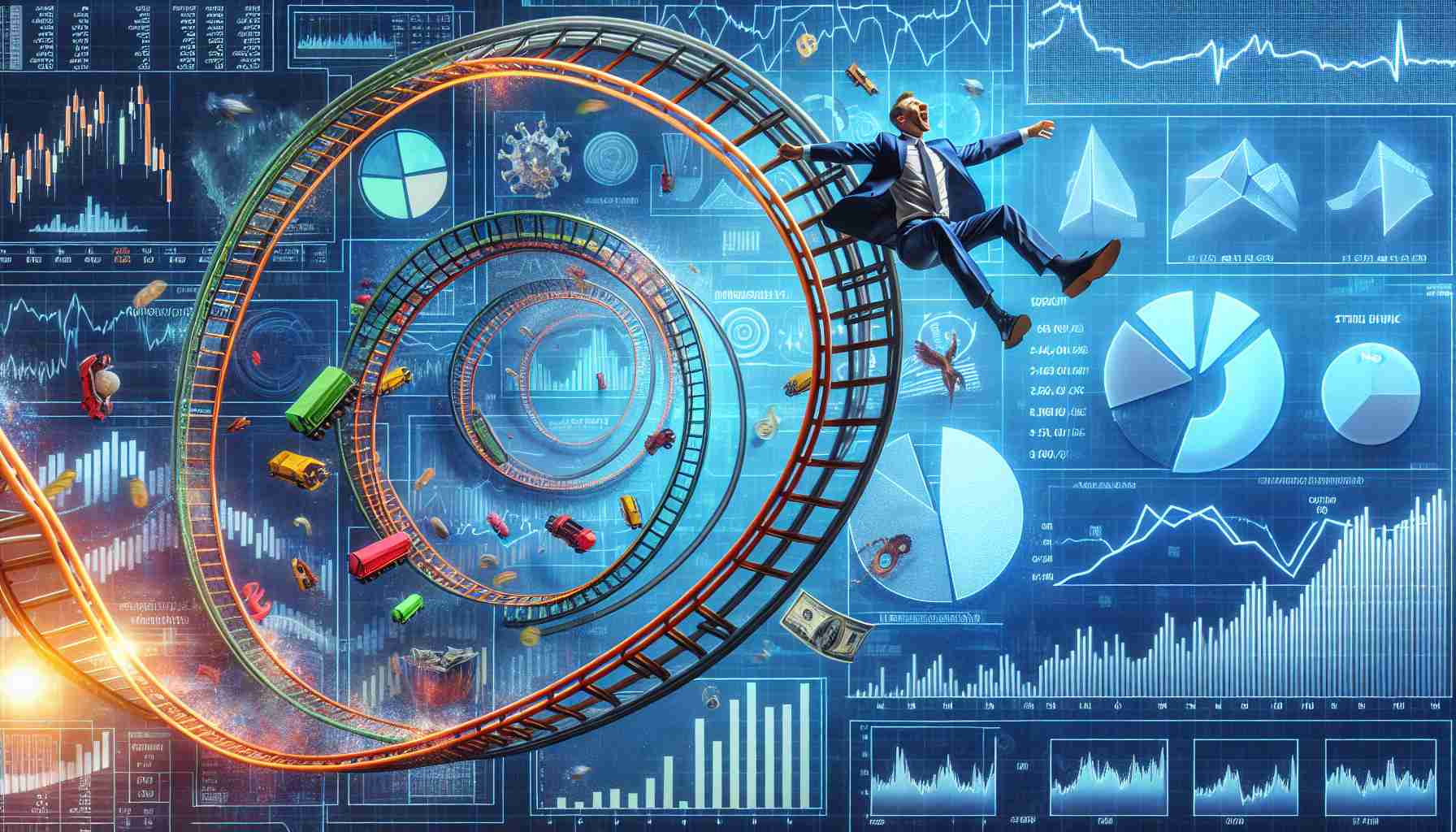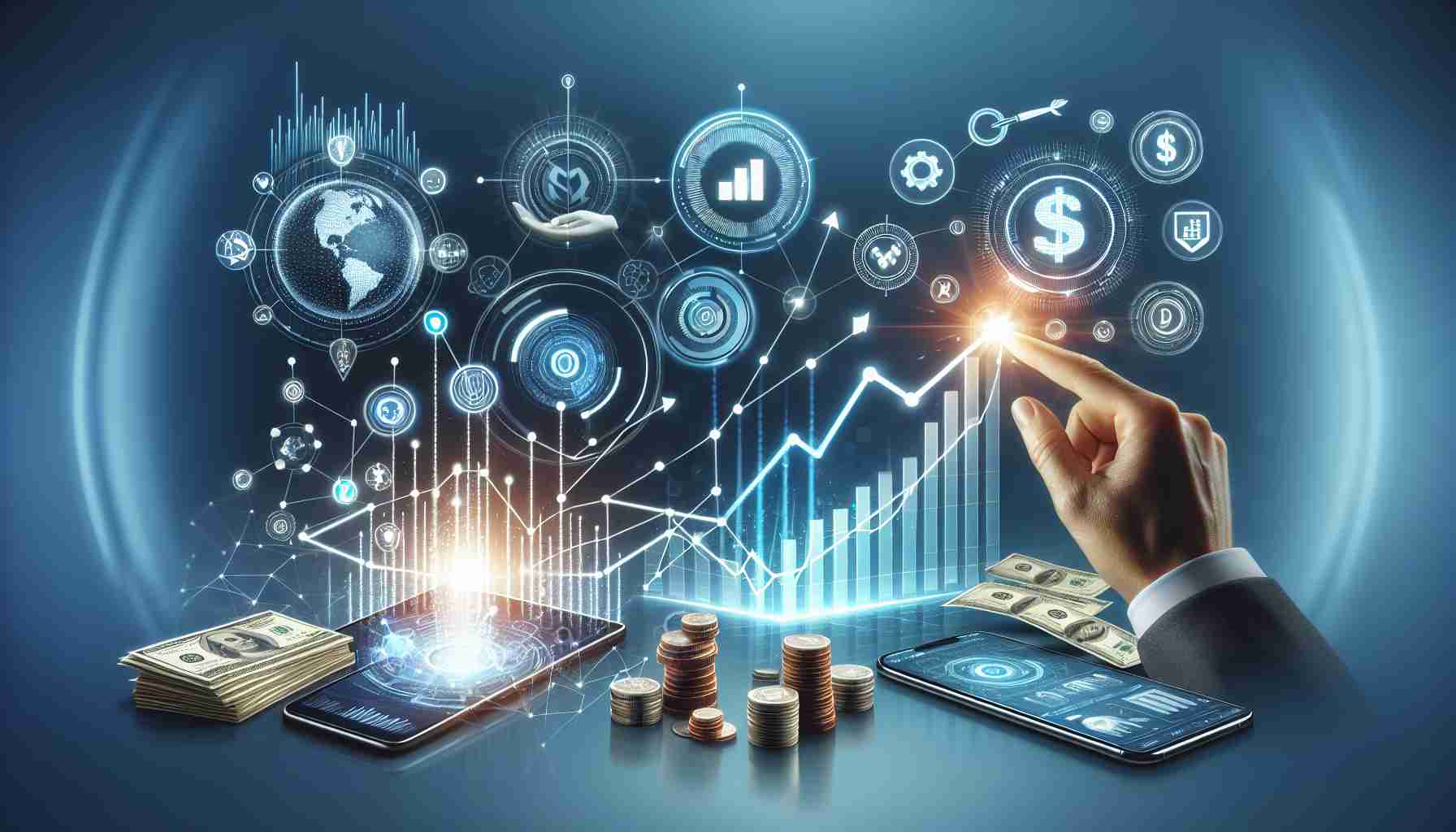By: Ayman El-Sayh, Energy Analyst and Columnist
Iran stands at a crucial crossroad as it grapples with a severe energy shortage, compelling its leadership to make strategic decisions regarding the nation’s energy future. With a pressing shortfall of 14,000–15,000 MW during peak seasons and chronic power interruptions affecting daily life, the challenge is significant.
Iran’s reliance on fossil fuels and antiquated power systems has overshadowed its potential in renewables, particularly when compared to its regional neighbors. Despite enjoying over 300 sunny days annually, Iran’s venture into solar and wind energy remains nascent, producing less than one percent of its electricity.
The administration under President Masoud Pezeshkian has recognized the urgent need to pivot towards sustainable energy solutions. Since assuming office under extraordinary circumstances, he has spotlighted environmental priorities, signaling a desire to cultivate renewable resources, enhance public transportation, and invigorate domestic and international investment in the energy sector.
Achieving Iran’s ambitions of generating 2,500 MW from renewables is impeded by Western sanctions and a lack of cutting-edge technologies. Exclusion from vital global financial structures adds another layer of complexity. Iran’s need for open economic relations and strategic planning becomes increasingly evident to draw necessary investment and spur development.
A modernized approach to energy could revitalize Iran’s economy, offering a sustainable path forward. To unlock this potential, Iran must navigate geopolitical hurdles, aiming to emerge as a robust contender in the renewable energy realm.
Iran’s Energy Crisis: Could Solar Power Be the Beacon for the Future?
As Iran contends with a daunting energy crisis, crucial questions emerge about harnessing its renewable energy potential and the feasibility of solar power as a sustainable solution. With peak season energy shortages of up to 15,000 MW and regular power outages crippling daily life, the urgency to adopt alternative energy solutions cannot be overstated. This article delves into the central queries, the challenges, and the dichotomy of benefits and pitfalls Iran faces in its renewable energy journey.
Key Questions and Answers
1. Can Solar Energy Significantly Alleviate Iran’s Energy Deficit?
Despite over 300 days of sunshine annually, solar energy currently contributes less than 1% to Iran’s electricity generation. The country’s challenge is not the lack of sunlight but rather the need for investment, infrastructure, and technology to convert this natural wealth into reliable energy.
2. What Are the Economic Implications for Iran’s Energy Sector?
The shift to renewable energy could potentially revitalize Iran’s economy by decreasing reliance on oil and gas exports, thereby cushioning the economy from global fossil fuel market volatility. This could also attract international investments, provided geopolitical hurdles are surmounted.
3. Why Is Iran Lagging Behind in Renewable Energy Adoption?
Iran’s progress in renewable energy is hindered by international sanctions that restrict access to advanced technology and finance, coupled with a historical dependency on fossil fuels. These challenges necessitate strategic reforms and innovative partnerships.
Challenges and Controversies
Iran’s journey towards a robust renewable energy sector is fraught with challenges:
– Geopolitical Barriers: Sanctions limit access to necessary technologies and foreign investment, forcing Iran to rely on domestic innovation, which may delay progress.
– Infrastructure Issues: Developing a modern and resilient energy infrastructure demands substantial investments, which are challenging to secure under the current economic and political climate.
– Public Policy and Governance: Effective policies and transparent governance are essential to attract investors and promote renewable initiatives.
Advantages and Disadvantages of Solar Energy in Iran
Advantages:
– Abundant Resources: Iran is geographically positioned to exploit solar energy effectively, potentially reducing its fossil fuel dependency.
– Environmental Benefits: Solar energy offers a cleaner alternative, aiding in reducing pollution and tackling climate change concerns.
– Long-term Economic Benefits: A robust solar energy sector can lead to job creation and sustainable economic growth.
Disadvantages:
– High Initial Costs: The substantial initial investment required for solar installations and grid upgrades can be a deterrent.
– Intermittency Issues: Solar energy is not constant and depends on sunlight availability, necessitating storage solutions or backup systems.
– Sanction-Driven Challenges: International sanctions result in limited access to state-of-the-art technology and financing options, slowing progress in solar developments.
Conclusion
Addressing the energy crisis in Iran with solar power presents both an opportunity and a complex challenge. Balancing geopolitical issues with domestic innovation and strategic investments could define Iran’s energy future. While solar days alone aren’t enough, they could significantly brighten Iran’s energy horizon if navigated with foresight and international cooperation.
For additional information about renewable energy initiatives and technologies, consider visiting reputable sources like International Energy Agency and International Renewable Energy Agency.
























